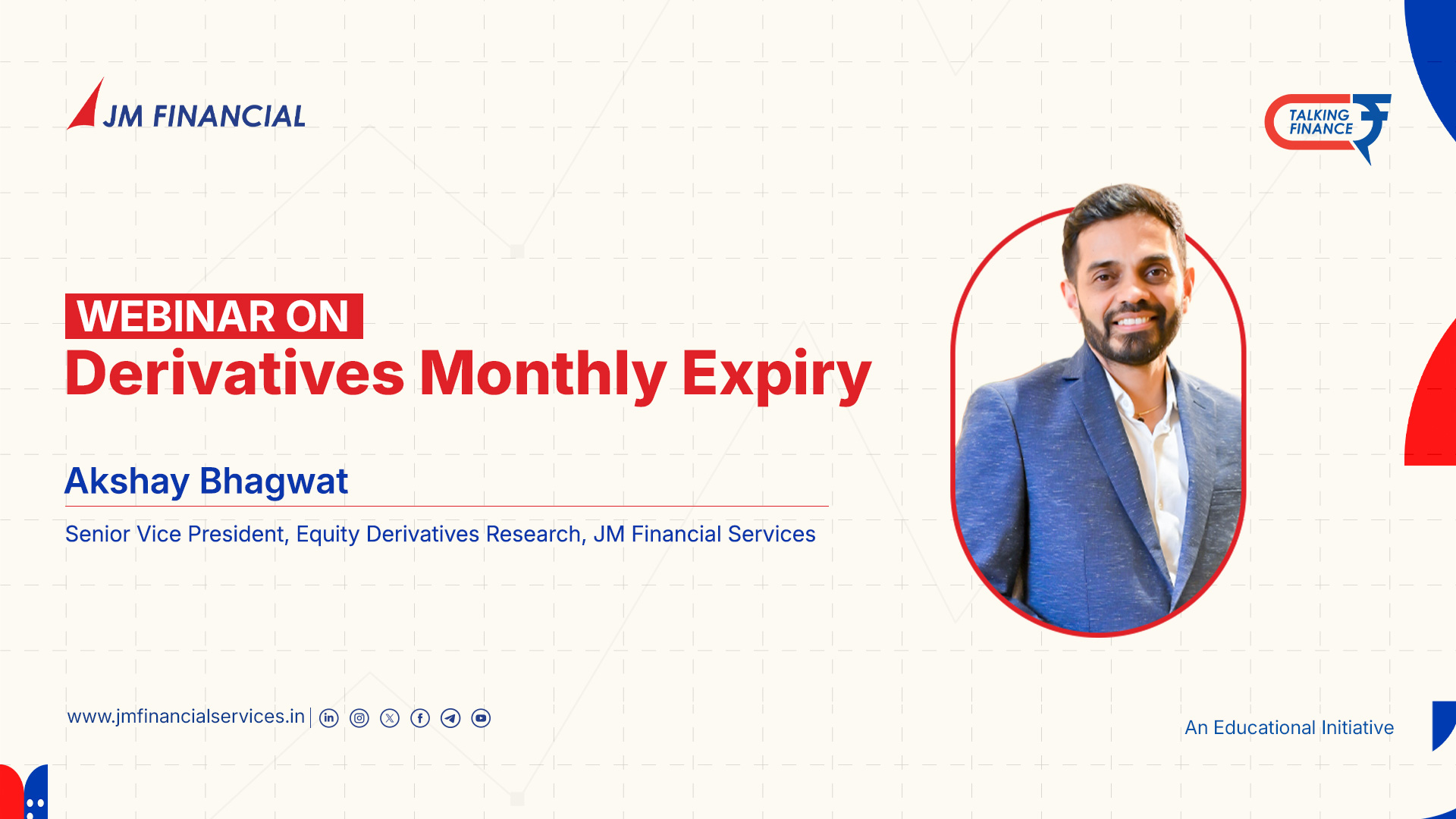Difference Between Large Cap Vs Small Cap Vs Mid Cap Stocks
When you step into the world of investing, you quickly realize it's like entering a huge shopping mall — endless choices, shiny opportunities, and a little bit of confusion. Among the many buzzwords you hear, “large cap," “mid cap,” and “small cap” come up a lot.
If you’ve ever wondered what these labels actually mean — and more importantly, which ones you should invest in — you’re in the right place. Let’s break it down in a way that makes sense, no jargon overload, no finance degree needed.
What are "Caps"?
"Cap" is short form for market capitalization. It’s the total value of a company's outstanding shares of stock.
Here’s how it’s calculated:
Market Cap = Share Price × Total Number of Shares
Think of market cap like the size of a company in the stock market playground. Some companies are giants towering over the field (large caps), others are in their energetic teen years (mid caps), and some are scrappy up-and-comers (small caps).
In India, according to SEBI (Securities and Exchange Board of India) guidelines:
- Large Cap companies are ranked from 1st to 100th by market cap.
- Mid Cap companies are ranked from 101st to 250th.
- Small Cap companies are ranked 251st and beyond.
Large Cap Stocks: The Titans
These are the household names — the companies your parents, your neighbour, and probably your college professor have heard of. We’re talking about firms like Reliance Industries, TCS, Infosys, HDFC Bank.
Key Features:
- Stability: They're like the big ships on the ocean — not easily rocked by storms.
- Predictable Returns: They may not double overnight, but they tend to offer steady, reliable growth.
- Dividend Payouts: Many large caps pay regular dividends, a nice bonus on top of stock price gains.
- Lower Risk: Because they have solid financials, large caps are considered safer investments.
When are they good for you?
If you're building long-term wealth and want some "anchor" stocks in your portfolio, large caps are a great place to start.
Example:
Imagine investing in Hindustan Unilever. It’s not going to triple your money in a year, but it’ll likely be around (and growing) when you’re planning your retirement party.
Mid Cap Stocks: The Growth Engines
Mid cap companies are like ambitious middle children — not as famous as the big brothers, but often hungrier and more aggressive in chasing growth.
Think companies like Apollo Hospitals, Voltas, or Mphasis.
Key Features:
- Growth Potential: Mid caps are often in expansion mode. If they hit the right strategy, they can multiply investor wealth significantly.
- Moderate Risk: They’re more volatile than large caps, but usually not as wild as small caps.
- Market Recognition: They’ve already proven themselves a bit — they’re not startups — but they still have a lot of room to run.
When are they good for you?
If you’re comfortable taking on a little more risk for potentially higher returns, mid caps can add a powerful growth engine to your investments.
Example:
Investing in a company like Trent (Tata group’s retail arm) in its mid-cap phase could be a sweet ride if retail booms over the next decade.
Small Cap Stocks: The Hidden Gems
These are the startups, the underdogs, the disruptors waiting to break out.
Companies like Tanla Platforms, BSE Limited, or Fine Organic Industries once belonged to this club before they grew bigger.
Key Features:
- Explosive Potential: If you pick the right small cap, you might see 5x or even 10x returns.
- High Risk: But for every success story, there are many small caps that struggle or fail. Not every David beats Goliath.
- Low Liquidity: Sometimes it’s harder to buy or sell small cap shares quickly without affecting the price.
- Market Sensitivity: They’re often hit hardest during market downturns.
When are they good for you?
If you’re young, have a long investment horizon, and can stomach some wild rides, a small cap allocation can supercharge your portfolio.
Example:
Imagine investing in a relatively unknown company working on electric vehicle components — five years later, EVs explode in popularity, and your small investment grows 10 times over.
Large Cap vs Mid Cap vs Small Cap: Quick Comparison
|
Feature |
Large Cap |
Mid Cap |
Small Cap |
|
Size |
Giants |
Growing leaders |
Early-stage players |
|
Risk |
Low |
Moderate |
High |
|
Return Potential |
Moderate, steady |
High |
Very high (but risky) |
|
Volatility |
Low |
Medium |
High |
|
Suitable For |
Conservative investors |
Balanced investors |
Aggressive investors |
How to Balance Them in Your Portfolio
The golden rule of investing? Don't put all your eggs in one basket.
Here’s a simple idea:
- 50% Large Cap for stability
- 30% Mid Cap for growth
- 20% Small Cap for high-risk, high-reward bets
Of course, the actual mix depends on your age, financial goals, and risk appetite. A 25-year-old tech worker might load up more on mid and small caps. A 55-year-old nearing retirement might stick heavily to large caps.
The key is to adjust the mix as life changes.
Final Thoughts
Large cap, mid cap, small cap — each group has its role. There’s no "best" cap size overall. There’s only the best one for you, based on what you need and how much risk you can handle.
If you're just starting, lean towards stability. As you learn and grow, experiment a little more with mid and small caps.
And remember, patience is your best friend in investing. Sometimes the most boring investments turn out to be the most rewarding over time.
- PAN Card
- Cancelled Cheque
- Latest 6 month Bank Statement (Only for Derivatives Trading)





